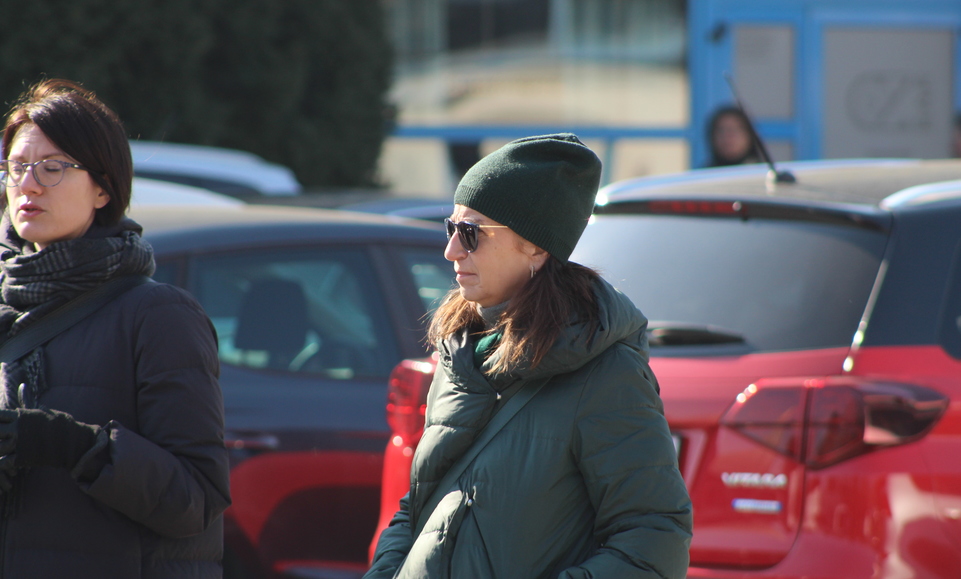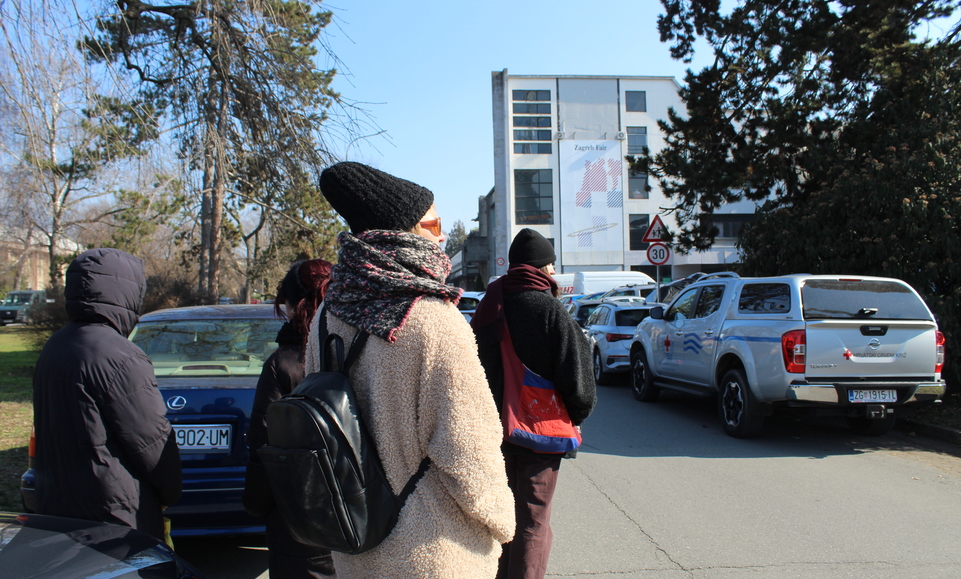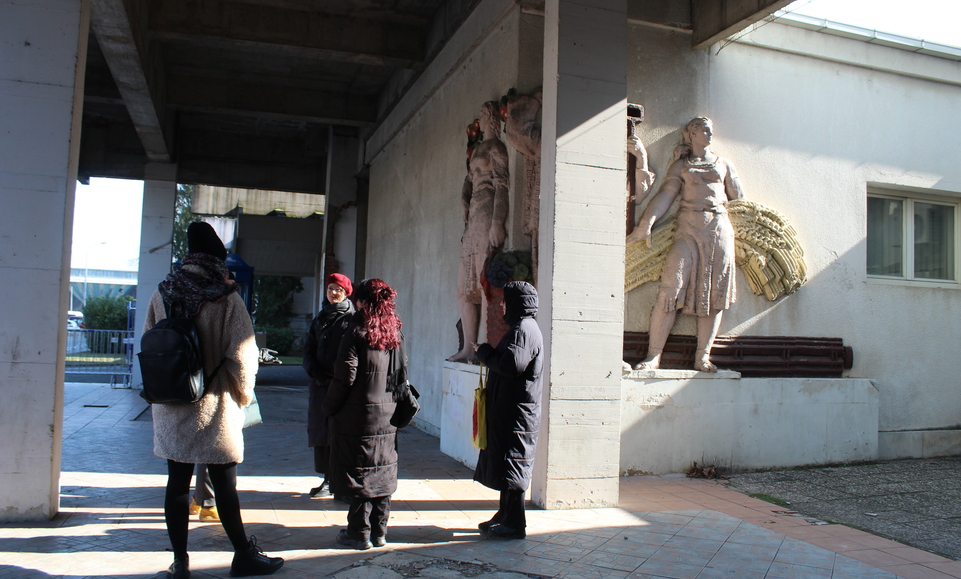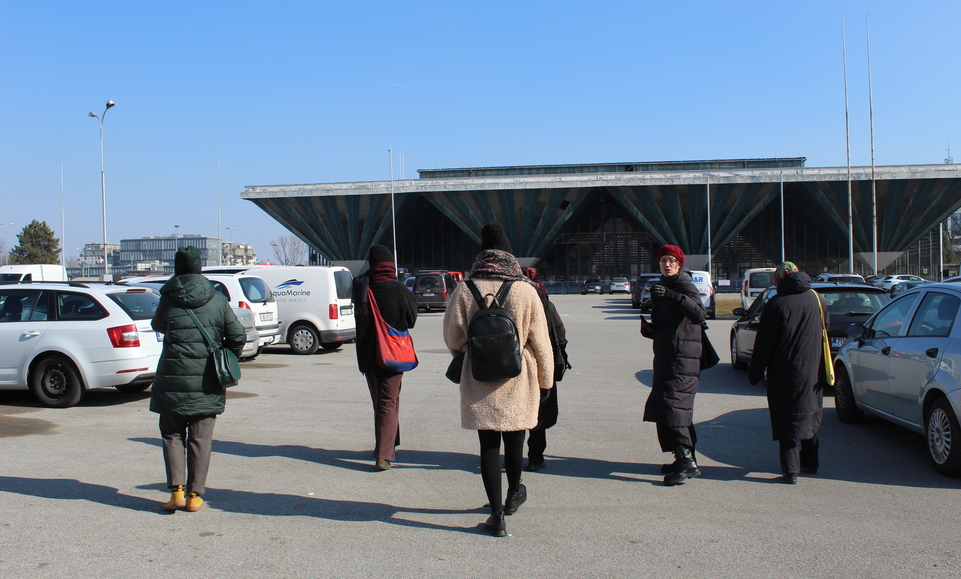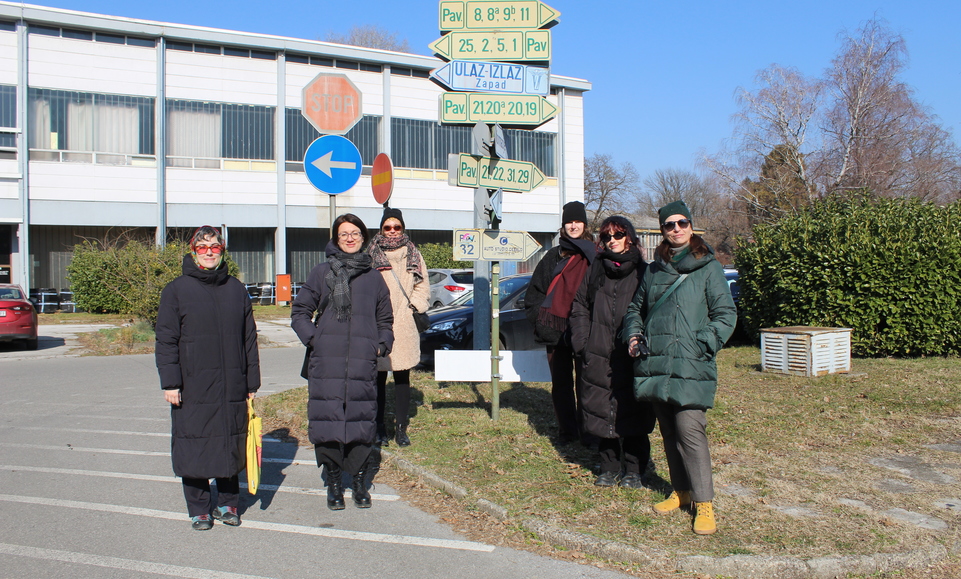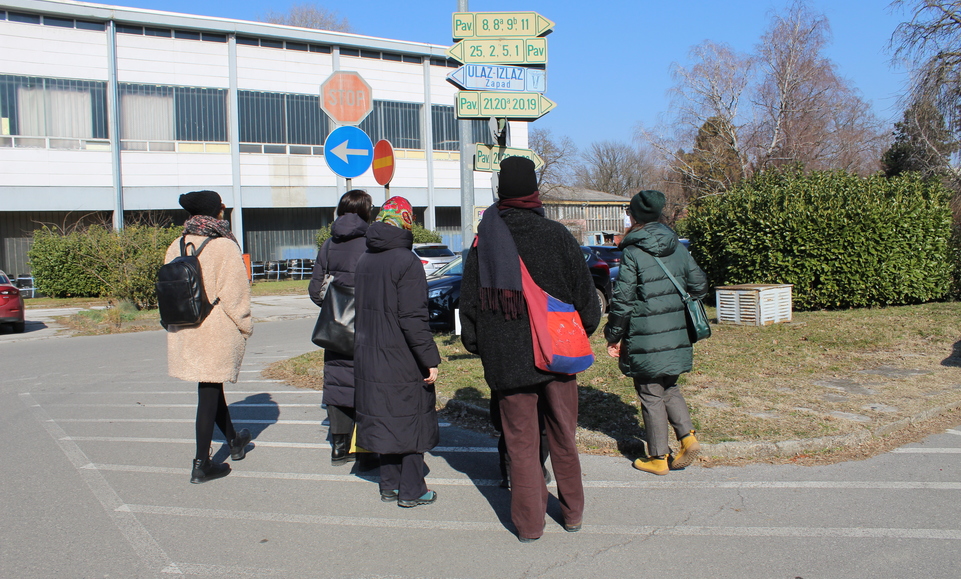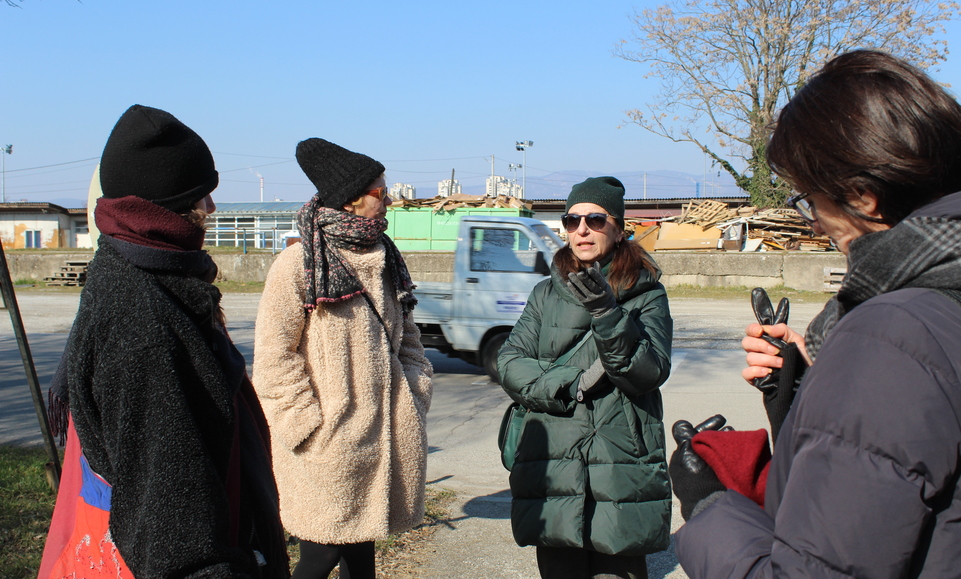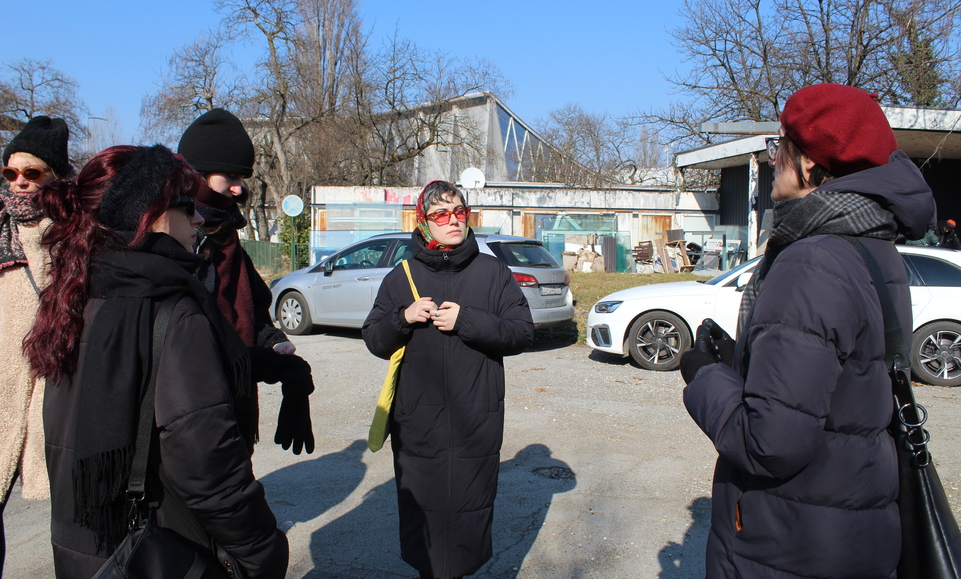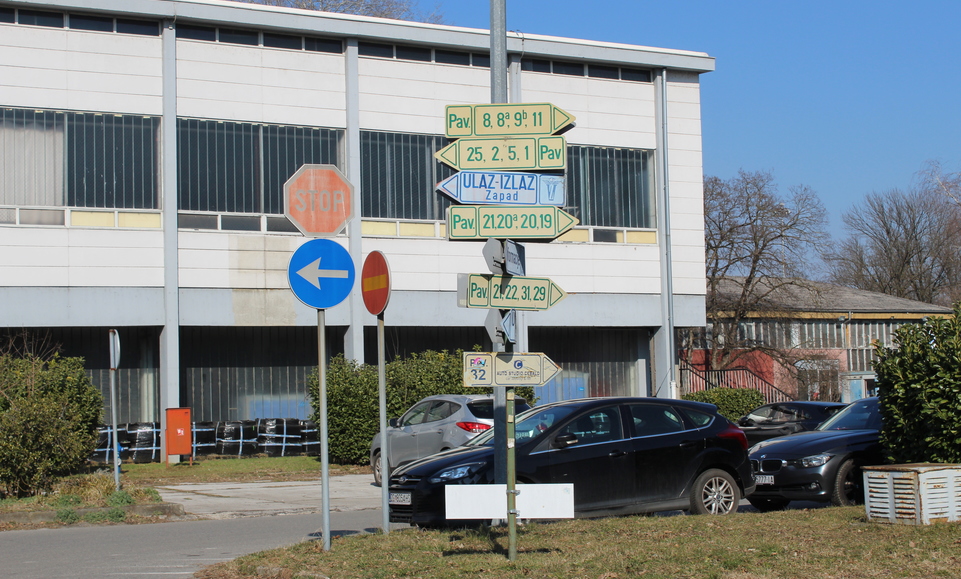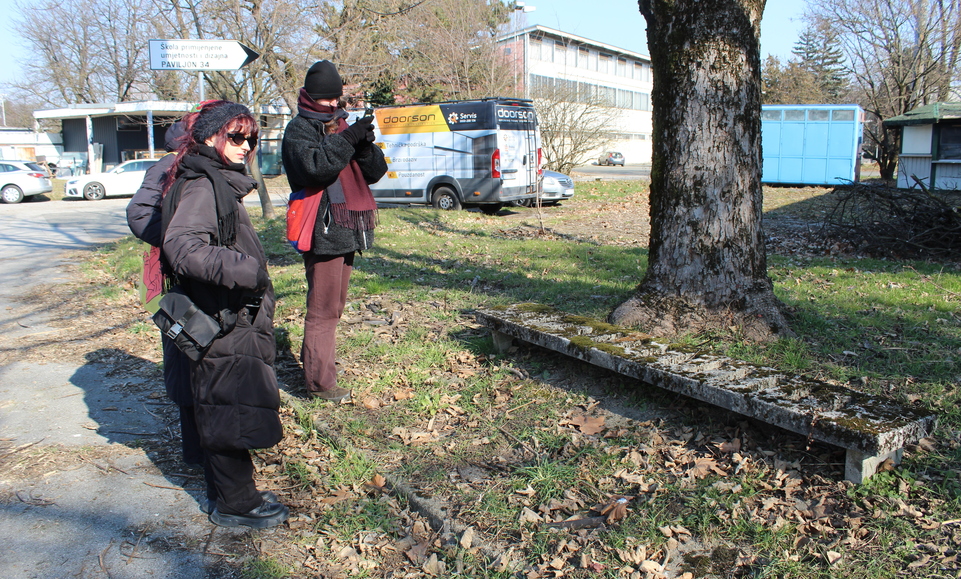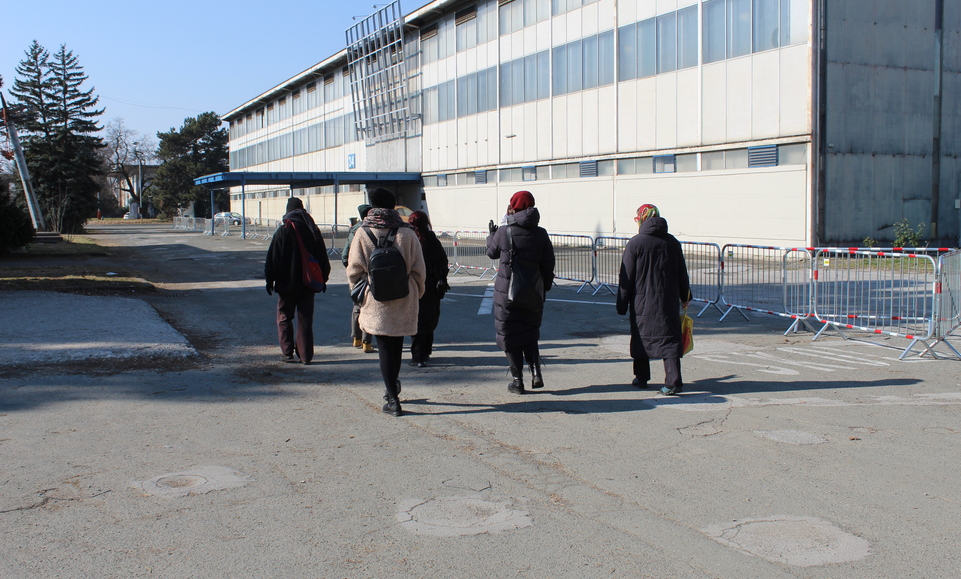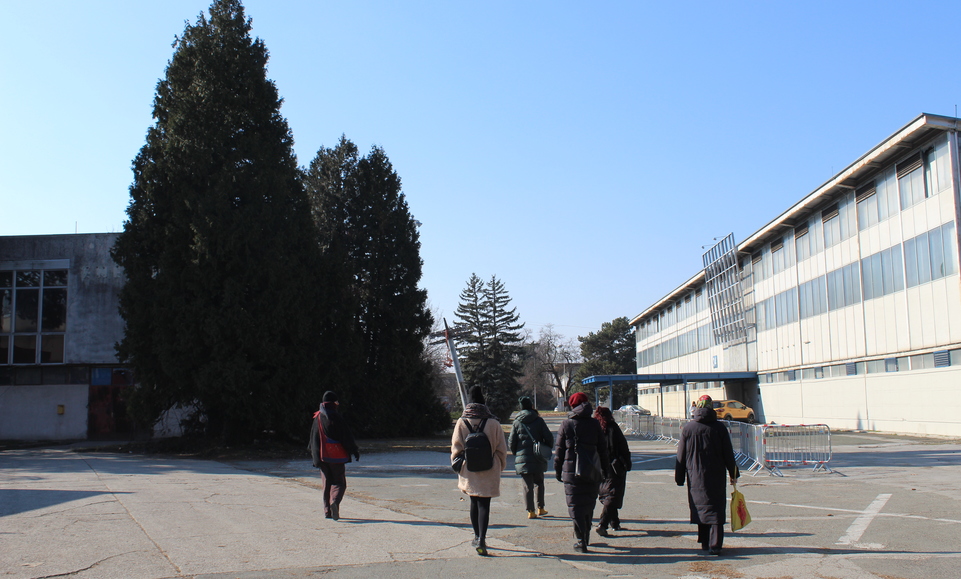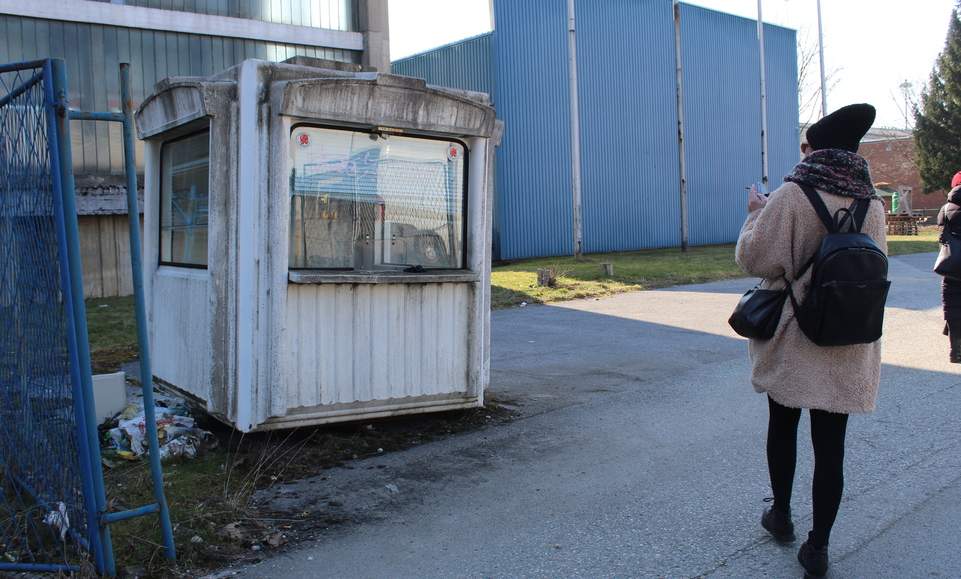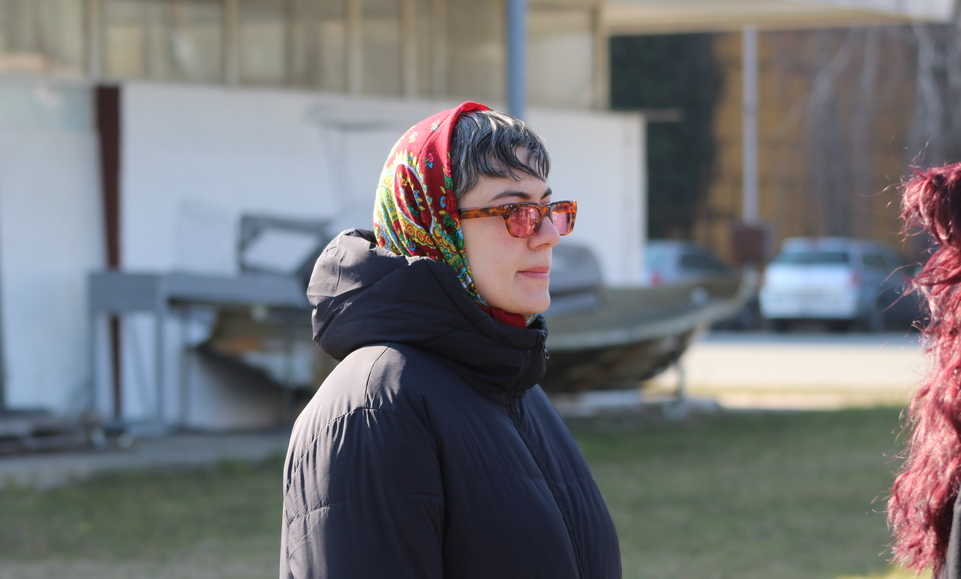The Zagreb Fair (Zagrebački velesajam) serves as a significant historical and cultural landmark, embodying the complexities of global dynamics during the Cold War era. Established in the aftermath of World War II, the Fair became a platform where the ideological divide between capitalism and socialism was both highlighted and transcended. While it reflected the tightening policies of the Cold War, it also fostered connections between the two opposing poles through a shared enthusiasm for consumerism and technological advancement. This vibrant marketplace not only showcased innovations and products but also mirrored the unprecedented extraction of natural resources that characterized the period. Thus, the Zagreb Fair stands as a testament to the intricate interplay of ideology, economy, and culture in a rapidly changing world.
In the late 19th and early 20th centuries, Zagreb experienced a transformative period marked by rapid industrial growth and a surge in trade. This influx of people prompted the city to expand, stretching both east and west, while natural boundaries like the mountains to the north and the railway to the south constrained its growth. Initially, the area south of the railway and north of the Sava River was primarily agricultural, but it soon evolved into a neighborhood of substandard housing, complicating urbanization efforts. The 1936 urban plan aimed to integrate this area into the city's fabric, proposing a recreation zone by the Sava. However, the outbreak of World War II halted these ambitions.
In the post-war era, a new plan emerged in 1953, reflecting the shifting political landscape. The Sava River became a new boundary, and by the mid-1950s, ambitious development projects began to reshape the area, including the establishment of the Zagreb Trade Fair. Originally launched in 1909 as Zagrebački zbor, this fair evolved to become a significant international event, showcasing the economic progress of the newly formed state. The trade fair's relocation to New Zagreb in 1946 marked a pivotal moment, attracting exhibitors from around the globe, especially from non-aligned countries, amidst the backdrop of the Cold War. As the 1950s progressed, the area south of the Sava transformed from a barren landscape into a bustling hub. Urban planners envisioned a vibrant New Zagreb, accommodating over 250,000 residents within a structured grid of neighborhoods. Notable architectural contributions, such as Jakob Bakema's vision for the town center, emerged during this period. Despite ambitious plans and competitions for further development in the following decades, many projects faced delays or remained unrealized.
By the early 21st century, the Zagreb Trade Fair area had become a pivotal yet underutilized space, straddling the divide between New Zagreb and the rest of the city. While challenges persisted in adapting to modern urban needs, the potential for revitalization sparked hope, as seen with the construction of the Museum of Contemporary Art. The trade fair's legacy continues to influence the urban landscape, highlighting its role as a catalyst for growth and modernization in Zagreb.
Literature: Bobovec Borka, Mlinar Ivan, Sentić Domagoj. New Zagreb Center; South Zagreb; New Zagreb; Zagreb; Zagreb trade fair, Prostor : znanstveni časopis za arhitekturu i urbanizam, Vol. 20 No. 1(43), 2012. (https://hrcak.srce.hr/84152)


